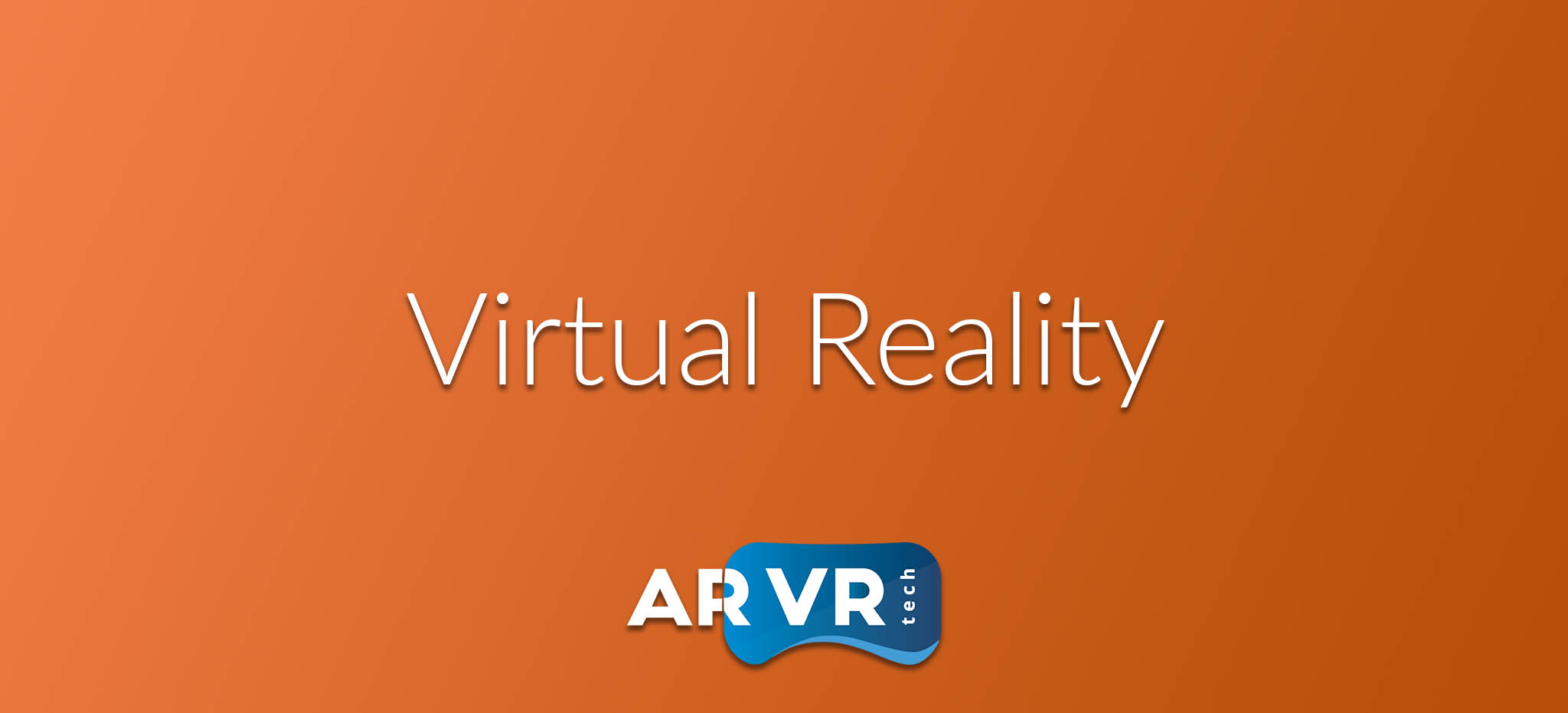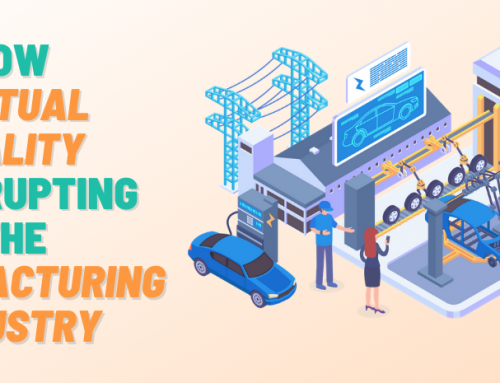
Humans and technology bring extraordinary results to the world when they consistently deliver. In our work on over 30 customized solutions so far we realized that there are certain challenges that both our VR company and our clients face: the adoption of technology is still low outside of the gaming world, heavy upfront costs for VR equipment discourage plenty of users to purchase it; many clients that want to implement VR in their campaigns need to stop seeing it as a temporary hype.
However, Virtual Reality brings interactivity to a completely new level. It is a haven for those who want to bring immersive experiences into the existing realms and reality, as well as escape into new worlds. VR responds to its users as an extremely tactile medium because users experience content to the full, whereas so far on social media only our fingertips and eyesight were involved.
It is important for us to understand that Facebook, YouTube and Google Chrome all now support VR content category, while on video stock platform Video Blocks the demand for 360-degree and VR videos rose 814%.
Let us now see main challenges with VR that advertisers, makers and users can overcome to at least some extent so that they bring or get more value to VR market.
1. VR HEADSETS STILL NEEDS MAINSTREAM ADOPTION AMONG USERS
As a Virtual Reality company we see it first-hand that VR headsets are not spread out among users as much as the market would love to, including both VR hardware companies and VR software and content creators.
Thus, we along with many of our colleagues in VR ecosystem world-wide have chosen to create B2B solutions for enterprises that want to include this technology in their value chain. Our clients stem from many industries so we cannot conclude that VR adoption is more typical of one vertical over another one. Instead, we could testify that companies that use VR at this early stage understand that immersive representation of their brand, campaign or entire business process, can bring new value in comparison to the traditional models of advertising.
Certainly, as time passes by and the technology becomes more affordable and widespread, the consumer costs will be reduced, as well.
2. VR CONTENT NEEDS TO ENCOURAGE CLIENTS TO USE IT REGULARLY
Another challenge apart from the fact that technology is not accessible enough for the majority of people, is that VR content is not used effectively or practically on a regular basis.
For instance, at CES press conference Samsung stated that since its launch in November 2015, they have sold five million units of VR headsets, i.e. Samsung VR Gear. Also, in total and in all those headsets, people have watched more than 10 million hours of virtual reality content. In reality this means that on average every buyer of a headset used Samsung Gear for two hours in total, which is unbelievably low.
So far it seems that consumers did not feel that they need VR headsets and that they will help them solve certain problems. VR users may start to interact more frequently with this technology as VR moves beyond the realm of gaming and as more habit-forming solutions that must not be missed are accepted in VR landscape, similar to 2016 Augmenter Reality Pokemon Go.
3. POTENTIAL CLIENTS FOR VR SHOULD UNDERSTAND THE CAPABILITIES AND LIMITS OF THIS TECHNOLOGY
Luckily, as we complete new use cases and VR campaigns successfully, we get to explain with more ease to our next clients what this technology can and cannot do since the learning curve for all of us gets steeper.
Thanks to our agile methodology and project-based work that starts with a couple of sprints and can evolve into several-month long projects we established the lifecycle for creating VR campaigns and solutions in many industries.
We have realized that VR adoption has already started to move away from gaming sector exclusively. Thus, so far, our great clients for VR apps are companies that have budgets for marketing in this new channel and for VR trainings, because they are better off to use VR than new workers immediately access hazardous locations or to maintain expensive machines. Our clients come from marketing, retail, factories of the future, real estate and education.
In positioning our services, we realized that we need to carefully choose our clients who will understand the cost of developing VR solution, as well as what it takes to make exceptional 360-video or 3D graphics and animation.
4. INVESTMENT IN VR IN EQUIPMENT PAYS OFF LONG-TERM FOR VISIONARY CLIENTS
Another challenge that we as the VR company face is that in order for VR solution to be available, our client needs to decide and invest in the equipment. Along with a decision to have this equipment, the client learns about all different ways for using VR and the multitude of platforms with diverse functionalities that are available. Luckily, nowadays HMD (head-mounted displays) and other equipment can be rented.
According to the Gartner research, less than one percent of the 1.43 billion computers world-wide have the graphical capabilities needed for VR at the moment, while the high-end computers that can fit this system are costly.
In 2016 Greenlight VR and Touchstone Research discovered how much people are willing to pay to adopt VR. The results showed that only 40% are willing to get into VR if they pay maximum $400-599.
When it comes to Oculus Rift,only 10% of the people stated they ‘‘would be willing to put more than $1,000 toward an HD virtual reality experience’’ since Oculus must be complemented with a PC that has highly expensive technical requirements. According to company’s founder Palmer Luckey, ‘‘the Oculus Rift VR headset will not be available for anything less than $350,’’ whereas the recommended video card is as powerful as the NVIDIA GTX 970, which is a separate cost of $280.
In terms of HTC Vive, just the headset costs $799 while buyers should also count on splurging on two base stations, two wireless controllers, ear buds, other accessories, as well as an expensive VR-ready system.
5. VIEWERS WANT TO ENJOY VR EXPERIENCES THAT ARE NOT NAUSEOUS
Virtual Reality experience will get better with the iteration of its content and improvement of its software and hardware. Still, at this point many producers of head-mounted displays indicate how VR affects people’s health.
For instance, Oculus Rift listed in their health and safety documentation potential symptoms of VR:
- seizures
- loss of awareness
- eye strain
- eye or muscle twitching
- involuntary movement
- altered, blurred, or double vision or other visual abnormalities
- dizziness, disorientation, impaired balance
- excessive sweating, increased salivation, nausea, lightheadedness, discomfort or pain in the head or eyes, drowsiness, fatigue, other symptoms similar to motion sickness
- impaired hand-eye coordination
Another suggestion that company gave is that VR enthusiasts take 10-15 minute breaks for every 30 minutes that they use VR gear, yet still this scenario is quite unlikely to happen because people would remain captivated by this immersive experience and almost forget to engage in a different way.
To conclude, in all new endeavors and with all improvements that await us, the world of VR will get more engaging. Current hurdles and challenges in VR ecosystem are not permanent. Still, all stakeholders involved from makers and raving fans to clients should work on improving conditions for VR to adopt, evolve, prosper and disseminate.


